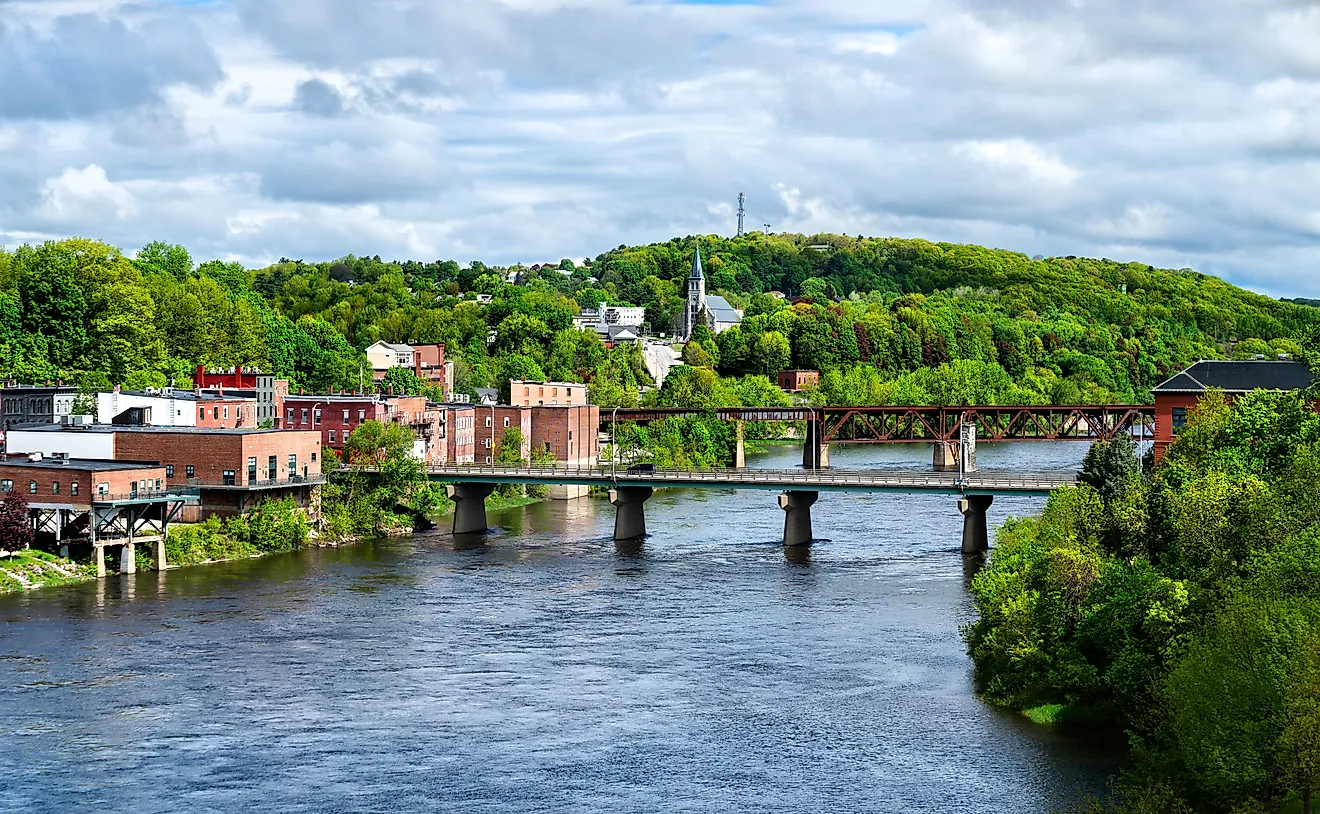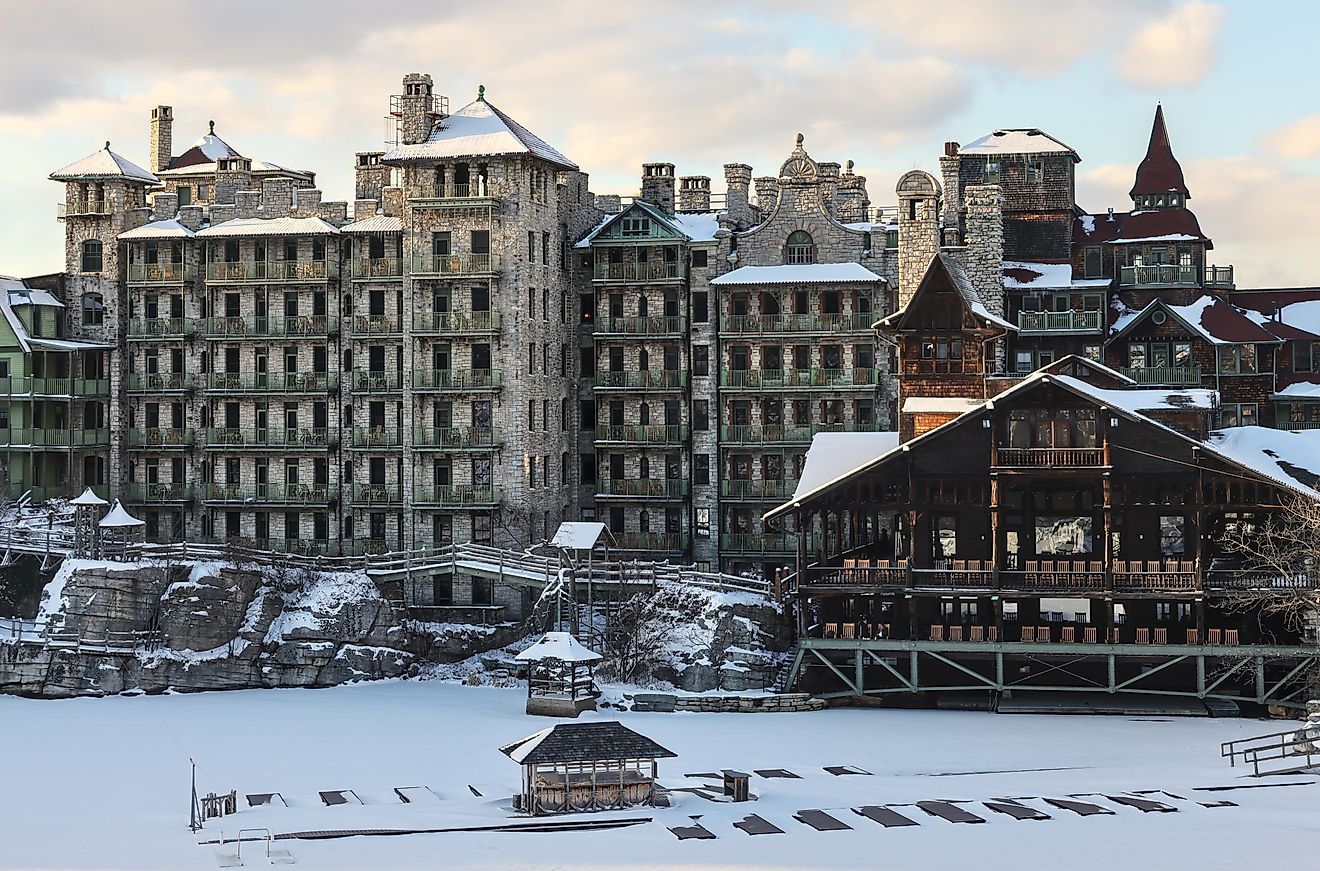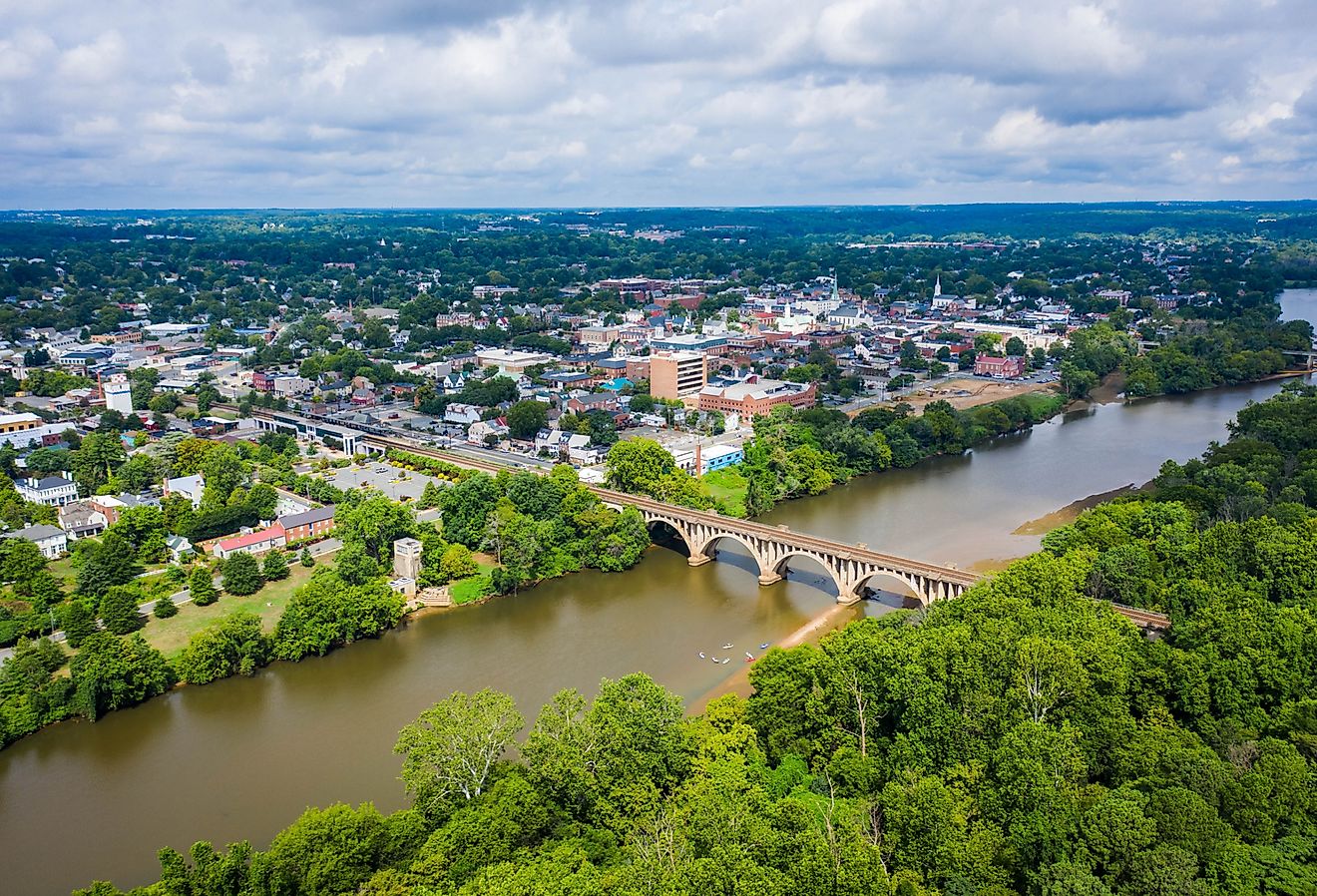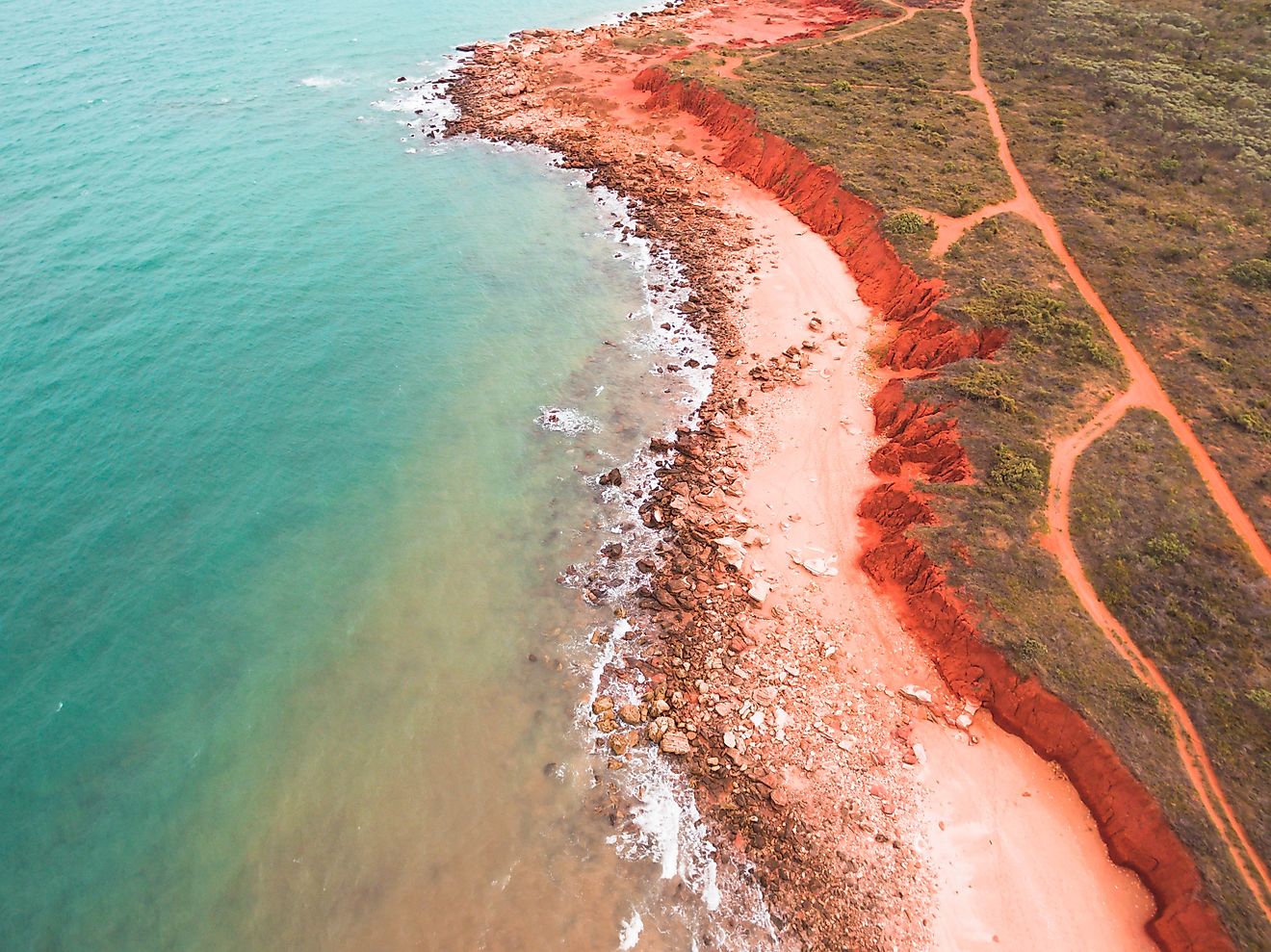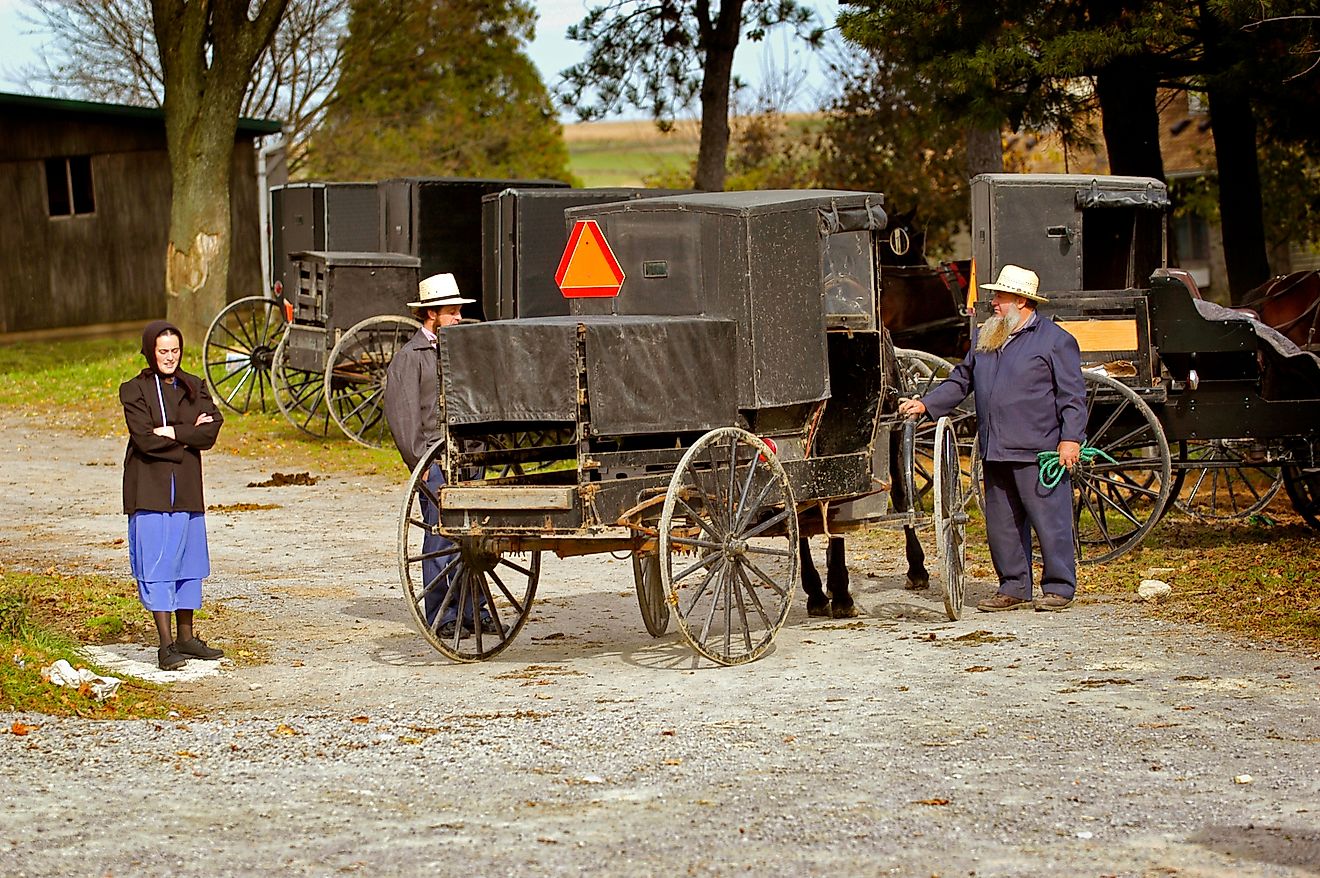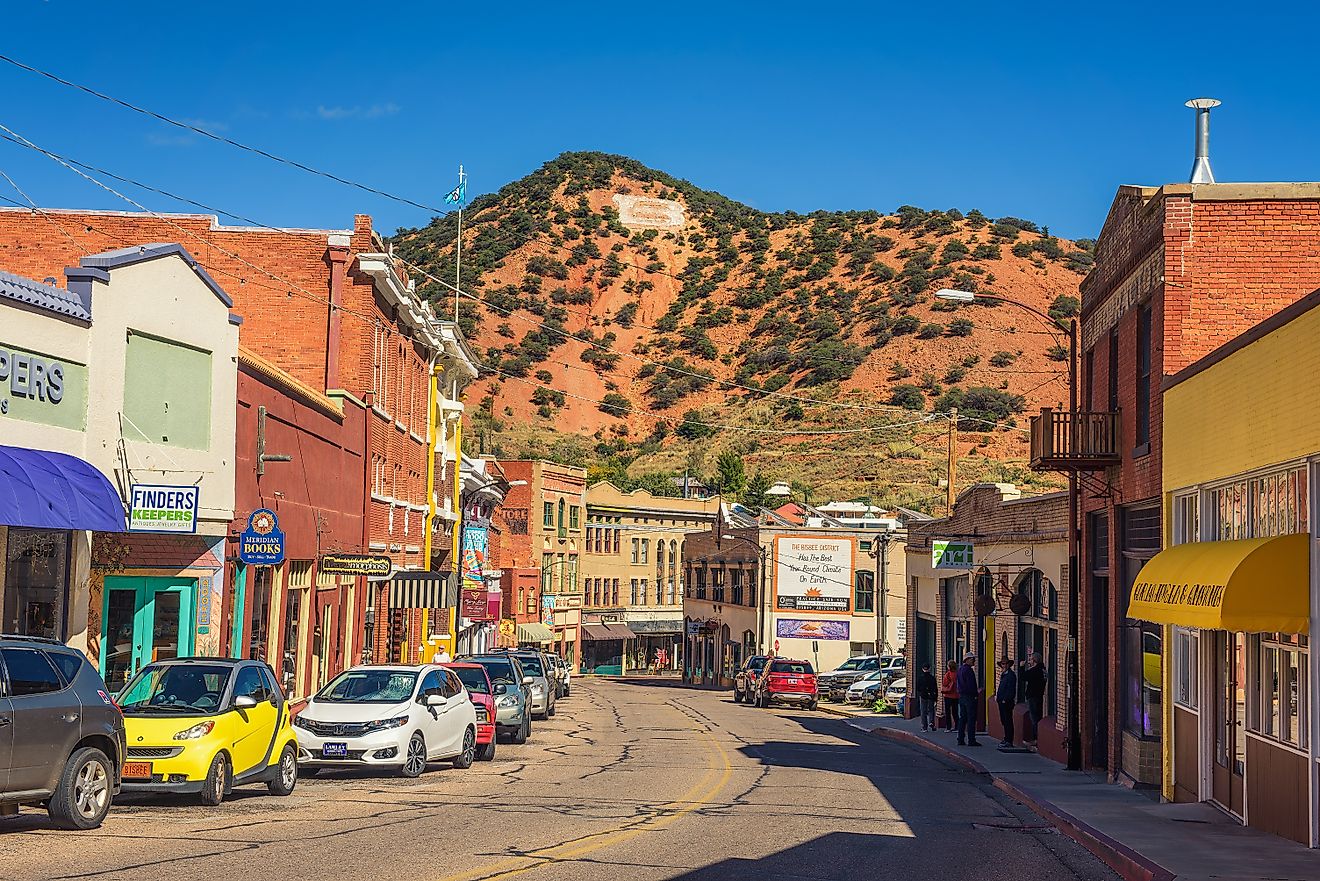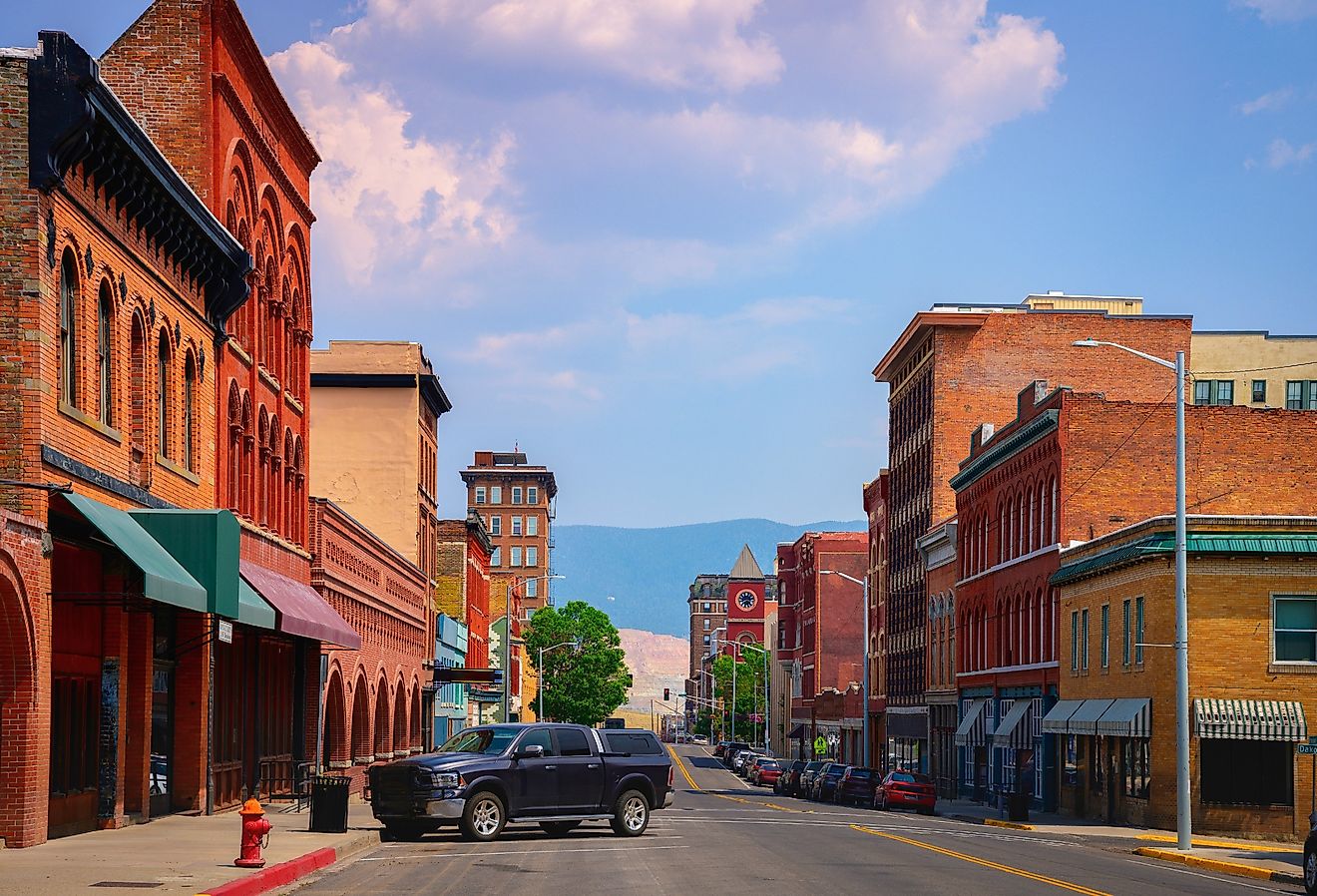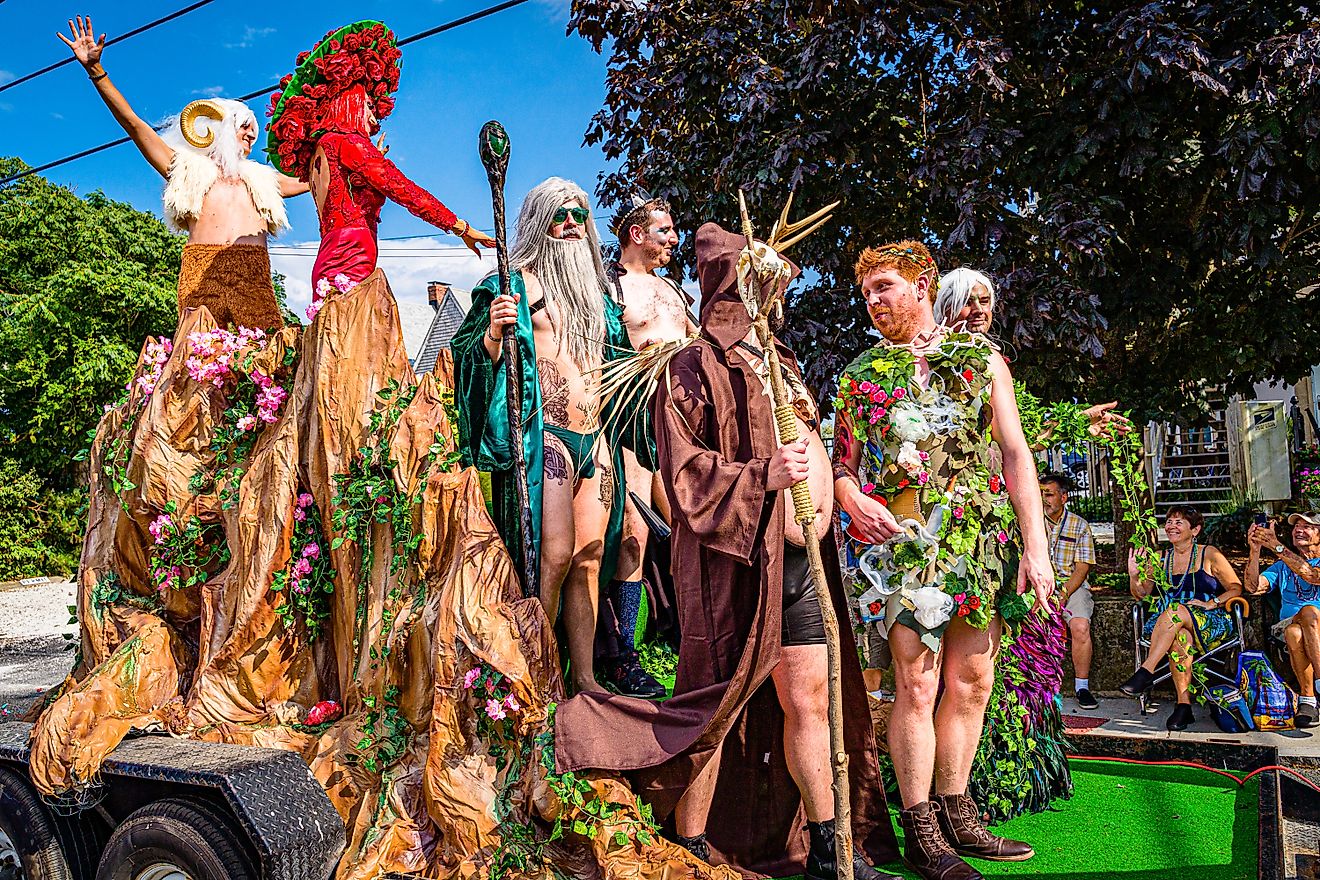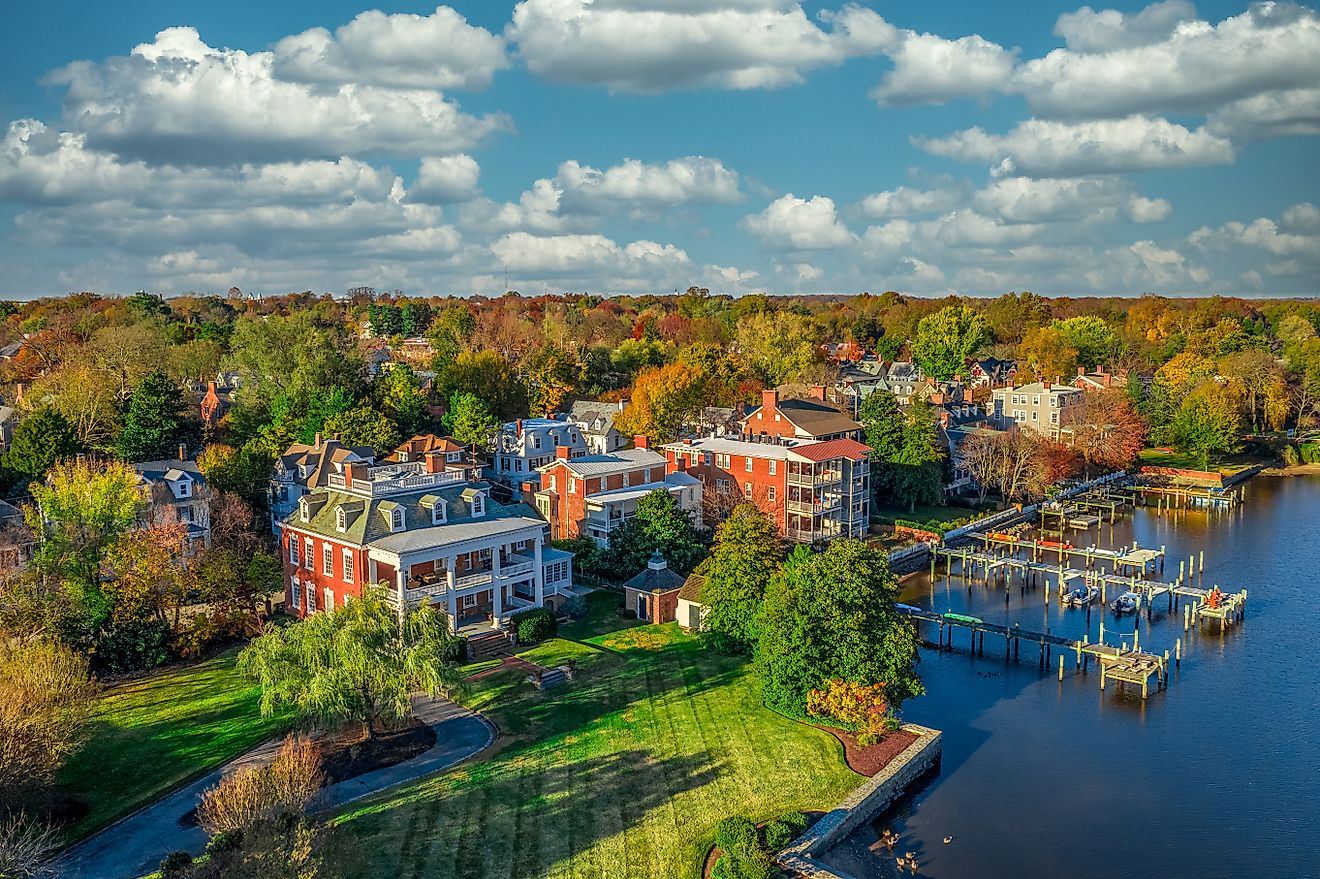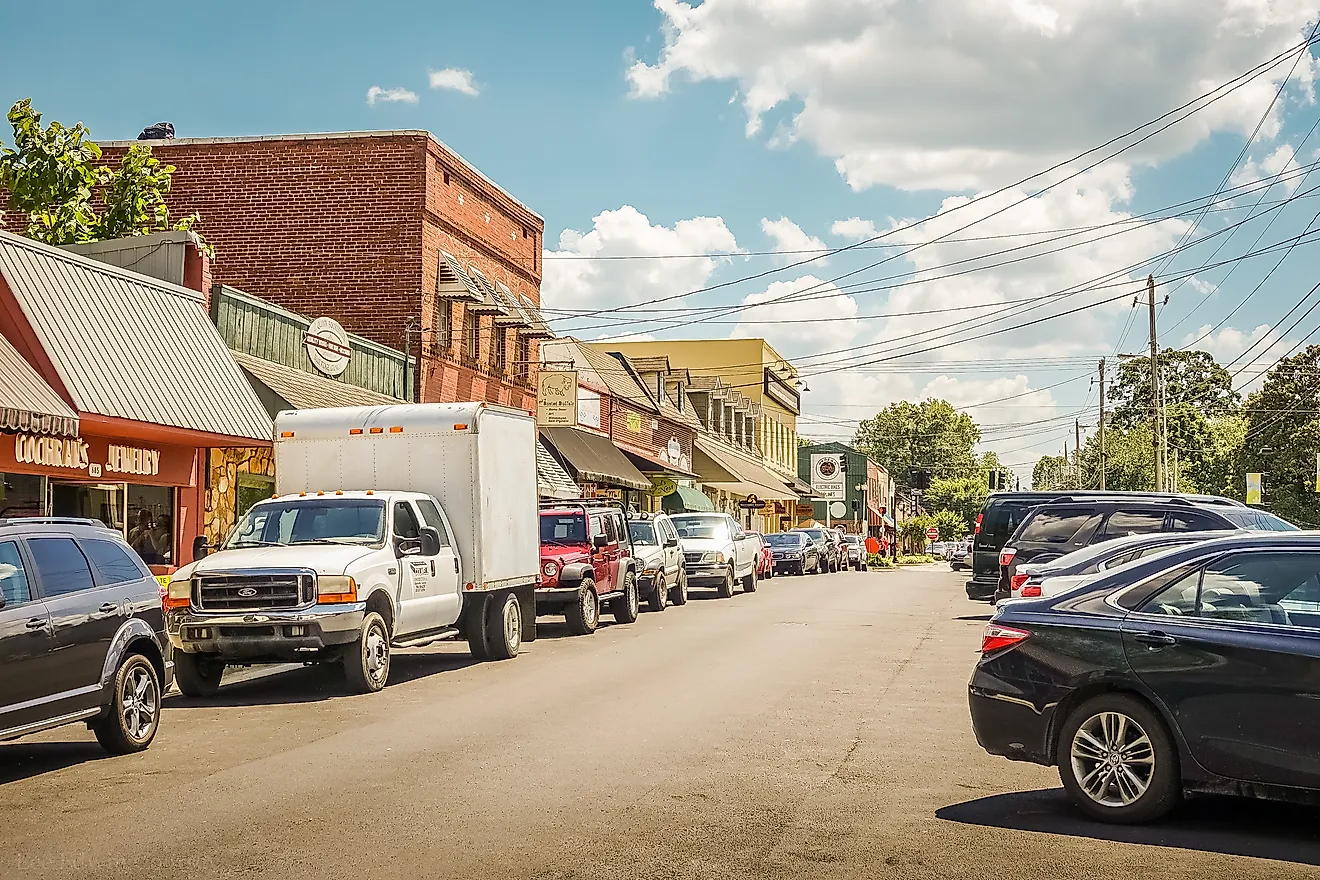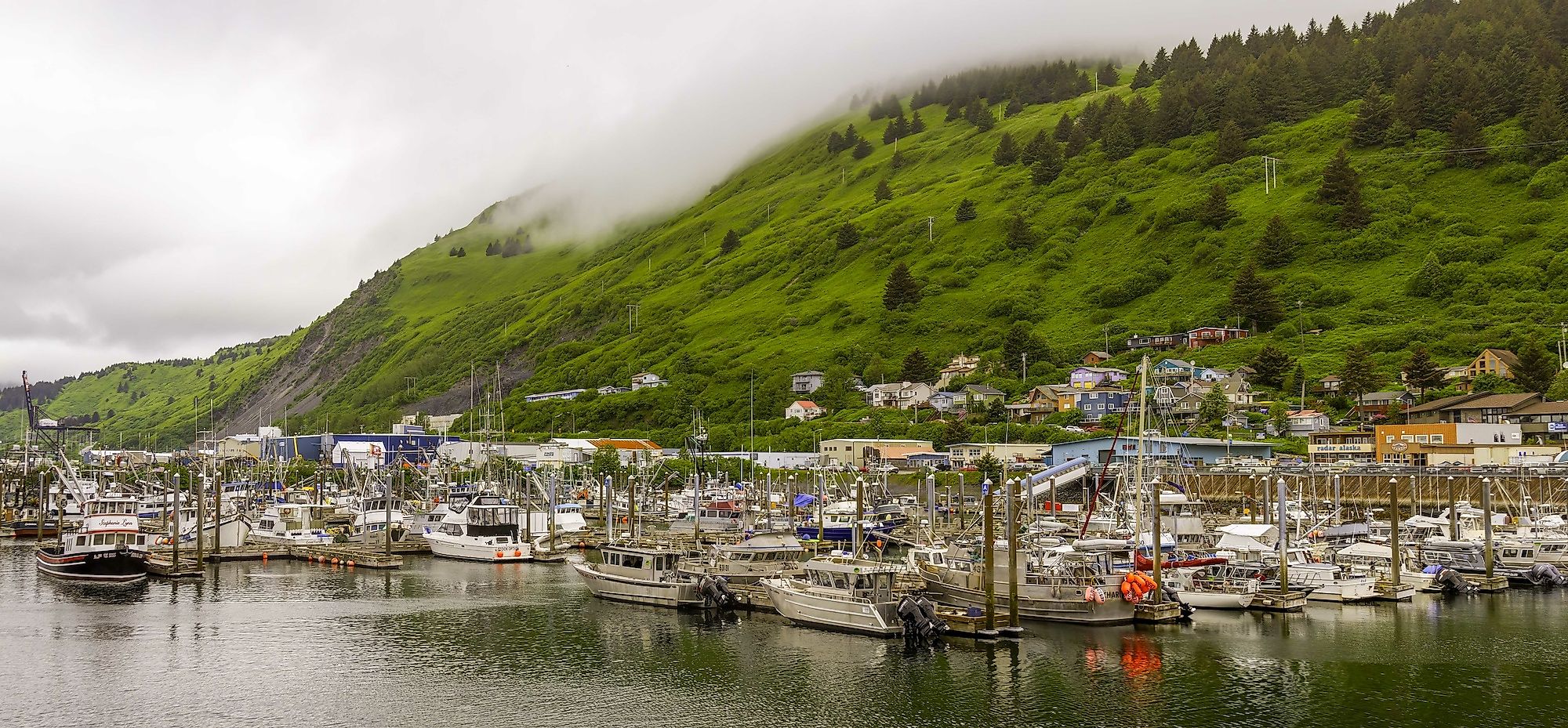
This Alaska Town Is Older Than the State Itself
Nestled on the rugged coastline of Kodiak Island, the vibrant town of Kodiak is a hidden gem with roots that stretch back further than Alaska's statehood. With stunning scenery and a rich history, Kodiak offers a unique experience for both visitors and residents. Its breathtaking natural landscapes and dynamic mix of history and culture make it a truly special place to explore.
Known for its thriving fishing industry, Kodiak is deeply connected to Alaska's heritage. From its cultural attractions to its rugged beauty, this town offers a fascinating glimpse into the heart of Alaska's past and present. Whether you're drawn by the history or the scenery, Kodiak promises an unforgettable adventure.
The History of Kodiak: Alaska’s Oldest Town
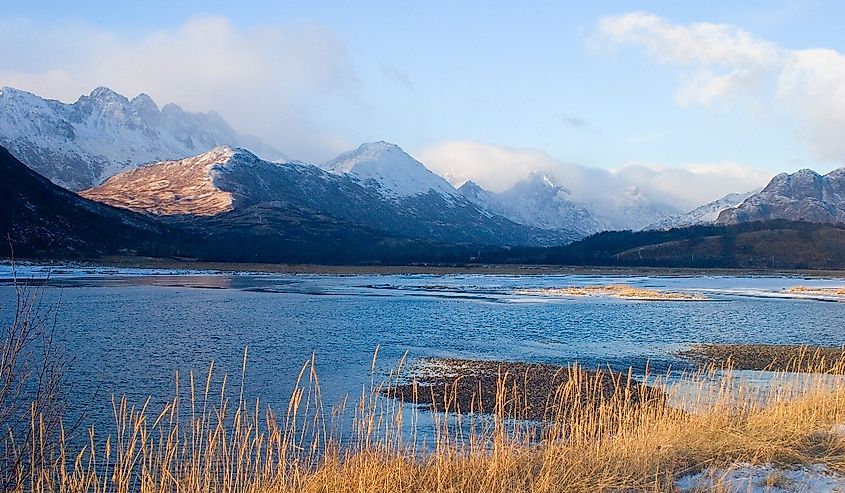
Kodiak holds the unique distinction of being the oldest continually inhabited town in what is now the state of Alaska. Established in 1792 by Russian settlers, it predates Alaska’s statehood by well over a century. Originally named "Pavlovskaya Gavan," or Paul’s Harbor, Kodiak was founded as part of Russia’s fur trade expansion. The island quickly became an important hub for the lucrative sea otter fur trade, which drew Russian settlers to the region and established Kodiak's early significance.
During the mid-1800s, Kodiak underwent a significant transition. Following the decline of the fur trade and a series of political and economic changes, the Russian Empire sold Alaska to the United States in 1867 in what became known as the Alaska Purchase. Kodiak, along with the rest of Alaska, became part of the United States. Over time, the town evolved from its early Russian influences into a place firmly rooted in American culture, while still preserving its unique historical heritage. Today, Kodiak’s Russian Orthodox Church and other remnants of Russian architecture are enduring reminders of its fascinating past.
Kodiak Today: A Thriving Community
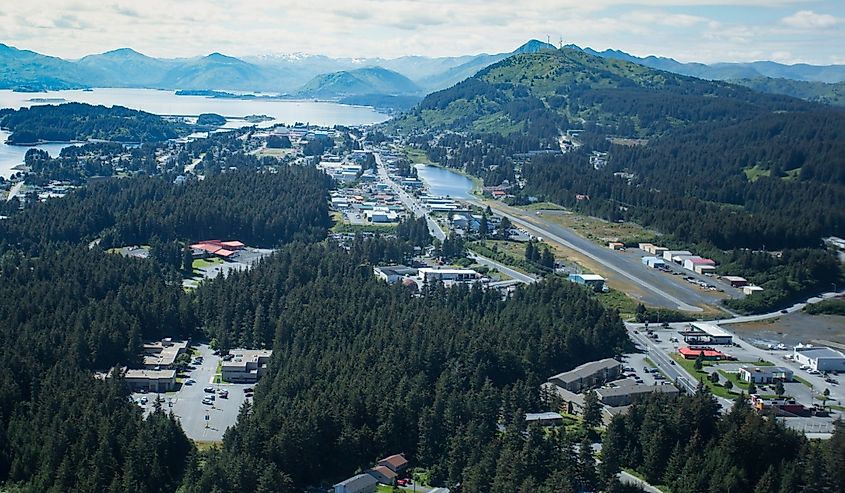
Over the centuries, Kodiak has undergone a remarkable transformation. What began as a small fur-trading post during the late 18th century has grown into a vibrant and thriving Alaskan town. Originally established by Russian settlers seeking to capitalize on the region’s abundant wildlife, Kodiak has evolved into a tight-knit community with deep cultural and historical roots.
Today, with a population of around 5,500, it is one of the larger towns on Alaska’s islands. Kodiak has become a hub for economic activity, cultural preservation, and national significance, all while maintaining its unique charm as a remote yet bustling island town.
Here's a closer look at what makes Kodiak a unique and thriving community today:
A Major Fishing Mecca
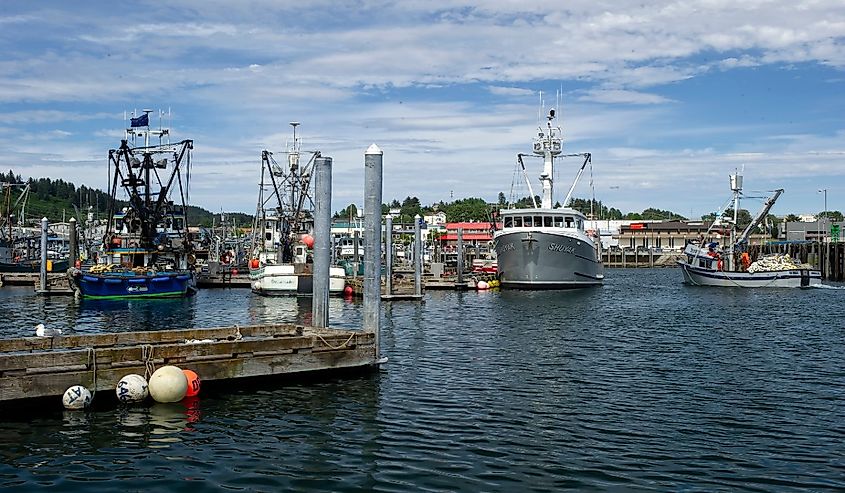
Kodiak’s identity is inseparable from its renowned commercial fishing industry, which has earned it a global reputation for harvesting some of the world’s finest seafood. Its fishing industry thrives on the sustainable harvesting of crab, salmon, halibut, and cod, which are in high demand both domestically and internationally. With its bustling harbor and one of the largest fishing fleets in the United States, Kodiak’s economy is deeply rooted in the seafood trade.
Generations of families have depended on fishing, passing down skills and traditions that have shaped the town’s way of life. The industry not only sustains the local economy but also strengthens Kodiak’s connection to global markets, ensuring its place as a leader in the seafood world.
Strategic Importance: Coast Guard and Space Exploration
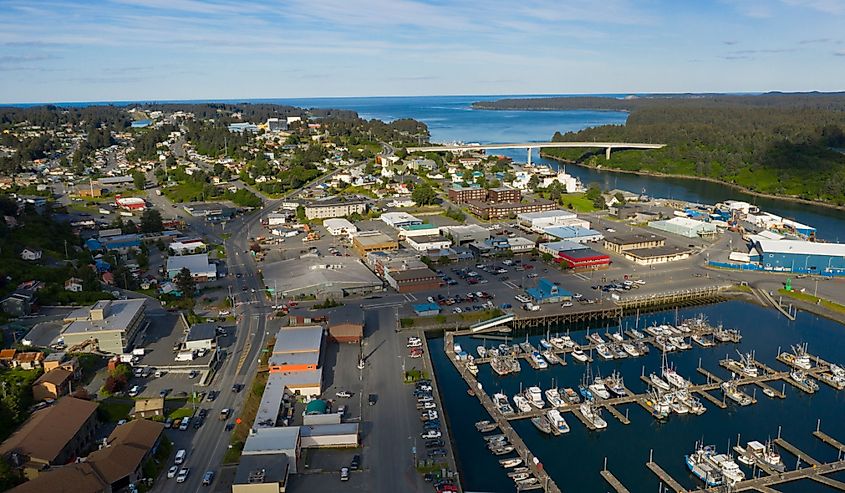
Kodiak’s strategic importance goes far beyond its fishing industry. The town is home to the largest U.S. Coast Guard base in the Pacific area, a cornerstone of maritime operations and emergency response in the region. This base is vital for search-and-rescue missions, environmental protection, and ensuring the safety of vessels navigating Alaska’s often dangerous waters.
Beyond its maritime significance, Kodiak is also a surprising player in space exploration. The island hosts the Pacific Spaceport Complex, the first privately owned rocket launch facility in the United States. This state-of-the-art facility supports satellite launches and advances in space technology, making Kodiak a critical contributor to both national security and the rapidly expanding private space industry.
A Celebration of Culture and Heritage
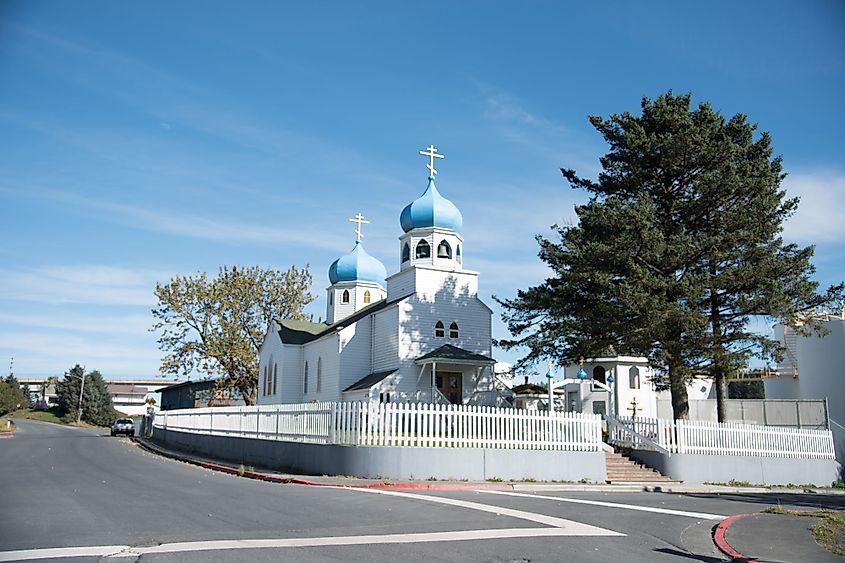
Kodiak’s culture is a unique blend of influences, reflecting its rich Russian and Native Alutiiq heritage. The town honors its history through vibrant festivals, cultural events, and preservation initiatives that keep traditions alive. Museums and cultural centers in Kodiak showcase traditional Alutiiq art, storytelling, and craftsmanship, offering a glimpse into the lives of the island’s first inhabitants.
Russian influence, stemming from Kodiak’s days as a fur-trading post, also plays a significant role, with customs such as Russian Orthodox Easter celebrations still thriving in the community. This fusion of cultures creates a dynamic and diverse cultural fabric, making Kodiak a truly special place where old-world traditions meet modern innovation. Visitors and residents alike are inspired by the town’s dedication to celebrating its heritage while embracing progress.
A Timeless Destination
Kodiak is more than just a town—it’s a living testament to Alaska’s history, culture, and natural beauty. From its origins as a Russian fur-trading post to its modern-day status as a thriving fishing community, Kodiak has continually adapted and evolved while staying true to its roots as the oldest continually inhabited town in the state. From its indigenous roots to its 18th-century Russian heritage to its present-day status as a hub of the fishing industry and US Coast Guard, this town provides a fascinating glimpse of Alaskan history that predates Alaska's statehood.
